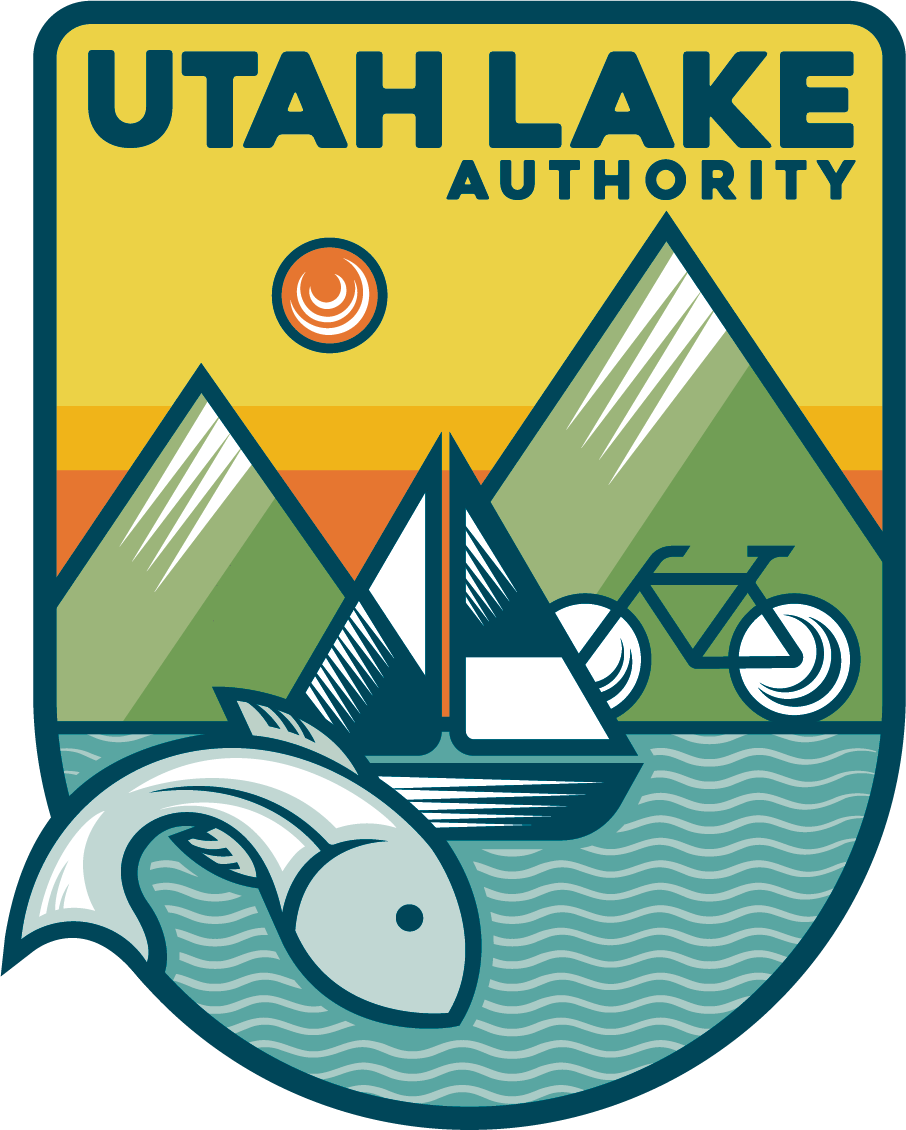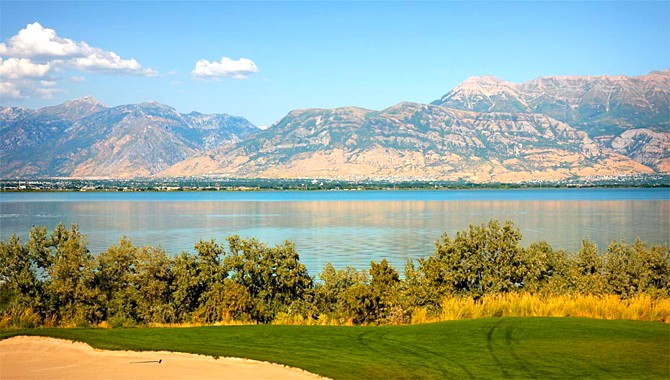The following guest column is written by Jodi McKee, a fourth grade teacher from southern Utah County and contributor to the Utah Lake curriculum.
I am not originally from Utah. I moved here in the ’70s and all I knew about Utah Lake was that it was not considered a very clean lake. My awareness has changed and grown as I have begun to teach my fourth grade class about Utah Lake. I find the history of the lake fascinating. It provides a great opportunity to teach students how the health of the lake was compromised and is now becoming more and more healthy because of what we have learned through science.
The story of Utah Lake is perfect for demonstrating how science can identify a problem and take that problem to government. The government then approves funding to help solve the problems. Students are very interested in the lack of aquatic vegetation caused largely from the carp. They are curious about scientific reasons the lake appears murky. The current carp removal project is an excellent study for students.
Students love hearing about the June sucker and how this endangered fish only lives in Utah Lake. This lake provides me an opportunity to teach hands on science and social studies that is happening right in our own back yard of Utah County. The Utah Lake commission is an unbelievable aide with a strong desire to educate county residents about all the lake has to offer. They will bend over backwards to help teachers get materials and use Utah Lake as a resource to teach students.
In my opinion as a fourth grade teacher, Utah Lake is one of the greatest teaching resources I have in Utah Valley. Despite its prominence, most of my students are not very familiar with Utah Lake. Once they’re properly introduced, however, my students become very involved, from making “Save the June sucker” t-shirts to researching stories about Utah Lake on their own initiative without me assigning a report. They do it because it is so interesting.
That is partly what has fueled my love for Utah Lake.

